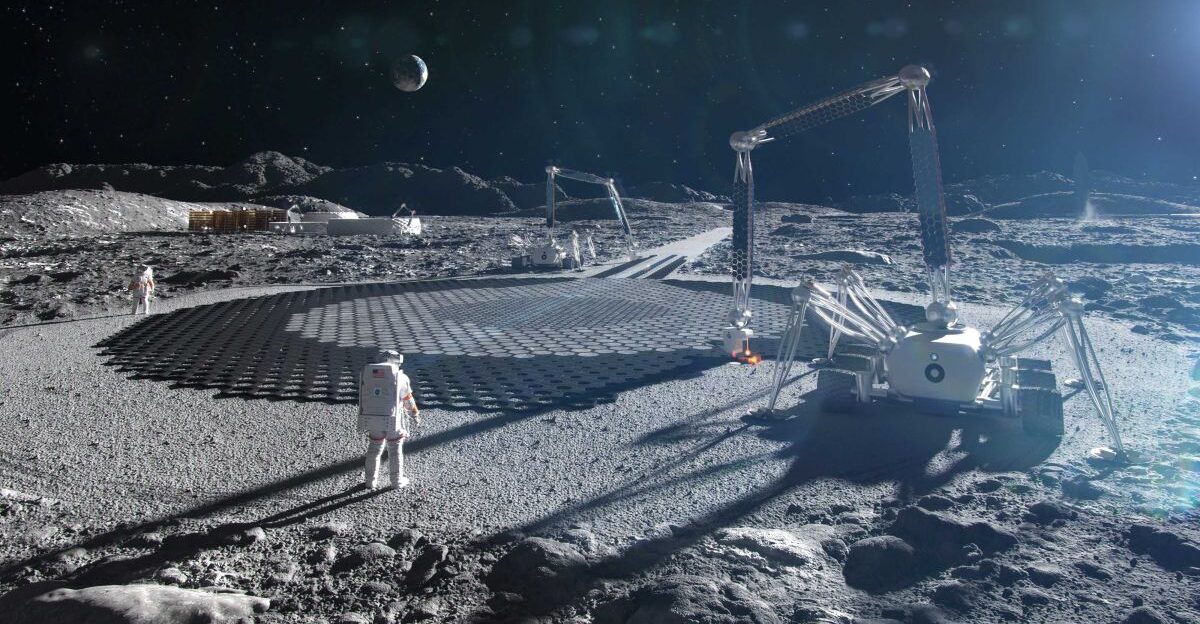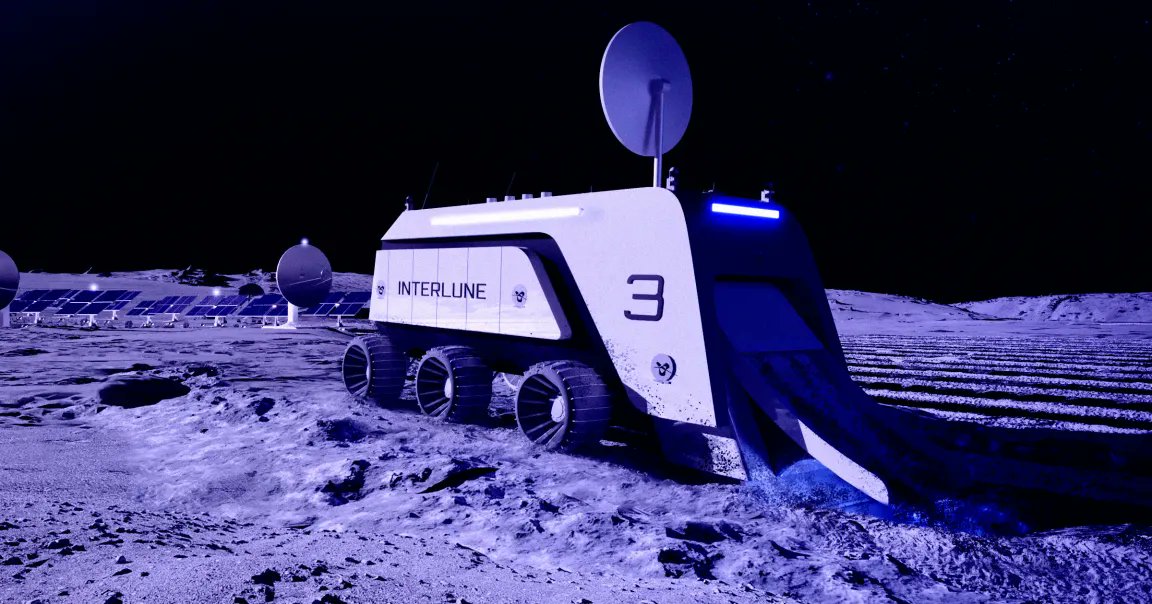
Scientists think there could be around one million metric tons of helium-3 mixed into the Moon’s surface dust, left there by the solar wind over billions of years. Because of this, researchers and private companies are very interested in figuring out how to collect it and use it to power cities, industries, and advanced technologies far into the future.
Helium-3 is not the same helium used in party balloons, it is an isotope, meaning it has a slightly different atomic structure that makes it useful for nuclear fusion energy. Fusion is the process that powers the Sun, where light atoms are pushed together to release huge amounts of energy. When helium-3 is used in fusion with certain fuels, it produces very few neutrons, which means much less harmful radiation and radioactive waste compared to today’s nuclear power plants. This could make future power plants safer, cleaner, and easier to manage, because there would be less long‑term waste to store and fewer risks to people and the environment.
On Earth, helium-3 is extremely rare, with only a small amount created as a byproduct of nuclear weapons and reactors each year. Its scarcity helps push its estimated price up to tens of millions of dollars per kilogram, making it one of the most valuable energy-related materials known. The Moon, however, may hold enough helium-3 to cover humanity’s energy needs for thousands of years if fusion technology becomes practical, turning it into a strategic resource that many nations and companies want to access.
How Mining Helium-3 on the Moon Could Work

Getting helium-3 out of the Moon will not be easy. It is trapped in the lunar regolith, which is the loose layer of dust and small rocks on the surface. To release helium-3, miners would need to heat vast amounts of this soil to very high temperatures, around 600–800 degrees Celsius, and it can take roughly 150 tons of regolith just to collect one gram of helium-3. This means any mining operation would require powerful equipment, reliable energy sources, and automated factories able to work in low gravity, extreme temperatures, and vacuum conditions.
Before mining begins, companies must map where the richest deposits are. Some firms are planning missions to scan the Moon and identify the best locations, and prototype machines have been designed that could process over 100 tons of lunar soil per hour to make helium-3 extraction economically realistic. Building such a supply chain would also require rockets to move hardware and fuel between Earth and the Moon, surface bases for workers or robots, and possibly refineries in space or on the Moon itself to prepare helium-3 for shipping back to Earth.
Energy and Technology Benefits

If helium-3 fusion reactors can be built, the energy potential is enormous. Experts estimate that the Moon’s supply could generate tens of millions of gigawatt‑years of electricity, far more than what the world uses in a single year. NASA and other agencies have suggested that just a few dozen tons of helium-3 could power a large country like the United States for more than a year, highlighting how energy‑dense this fuel could be compared with coal, oil, or gas. In theory, this could help end energy shortages and reduce the need for fossil fuels, significantly cutting greenhouse gas emissions and pollution if fusion becomes reliable.
Helium-3 is also important for advanced technologies beyond energy. It is used as an ultra‑cold refrigerant that helps quantum computers operate near absolute zero, the extremely low temperature where their delicate components work best. Companies working on lunar helium-3 expect that selling it for quantum cooling alone could bring in hundreds of millions of dollars each year, supporting growth in fields like quantum computing, precision sensors, and other high‑tech industries.
Laws, Competition, and the Future

The rush to secure helium-3 is creating new legal and political questions. The United States and China are investing in plans for long‑term Moon bases and considering how to protect access to key mining sites. Many countries have signed the Artemis Accords, which support peaceful use of space resources and encourage sharing information, while older treaties like the 1967 Outer Space Treaty and the 1984 Moon Agreement try to limit claims of ownership and control over celestial bodies. Because not all major space powers agree on these rules, there is uncertainty about exactly how mining rights will be handled, and this could lead to disputes as lunar activity grows.
The money involved is huge. Estimates suggest that lunar helium-3 could be worth from tens of trillions to even quadrillions of dollars, and building the necessary space infrastructure could require investments of hundreds of billions to a couple of trillion dollars. This new industry might create tens of thousands of specialized jobs in engineering, robotics, space transport, and fusion research by the 2030s, much like past energy revolutions changed the global workforce.
However, fusion reactors using helium-3 are not yet proven at commercial scale, the engineering hurdles on the Moon are severe, and international law is still catching up, so the promise of lunar helium-3 will only be realized if science, technology, and diplomacy all move forward together.